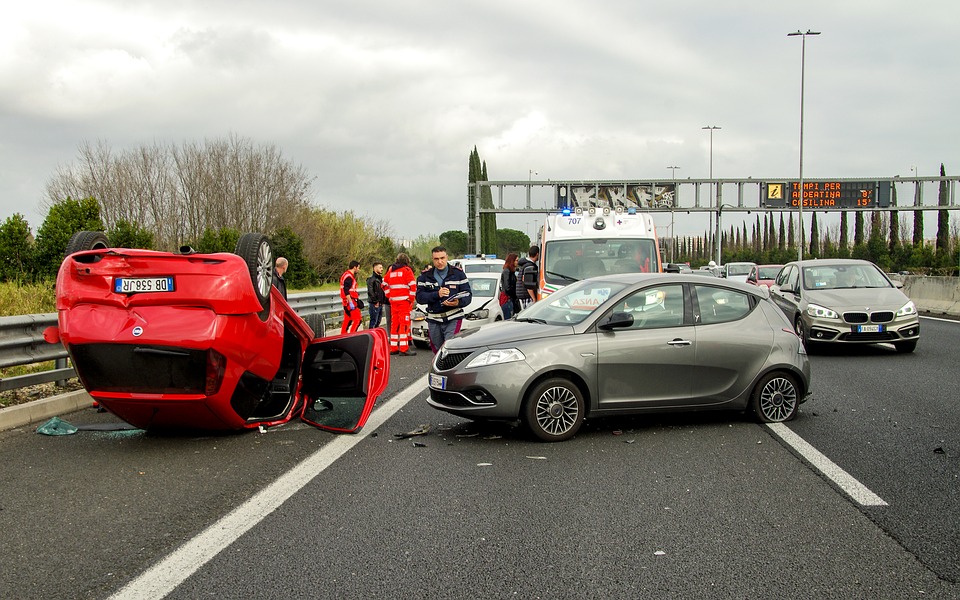
A recent report from the World Health Organization reveals that almost 1.25 million people lose their lives every year because of car crashes. In the United States alone, approximately 6 million road accidents are reported every year. Though these figures are alarming, to say the least, in today’s rapidly changing society, numerous technological inventions have changed how we do different things.
Over the years, out of all industrial sectors, the automobile industry has been one of the leaders in implementing rapid technological changes. Today, we have a plethora of technology-enabled solutions to address the most common factors that lead to road accidents. It is extremely useful for all commuters to be well aware of these preventive technologies so that they can remain safe while driving.
Automatic Emergency Braking or AEB: AEB is one of the latest safety features that alert drivers about an imminent crash and helps them utilize the vehicle’s maximum breaking capacity. If the driver fails to respond because of a critical situation, AEB can apply the brake on its own. The low-speed system, high-speed system, and pedestrian system are the three categories of AEB.
Back-up Camera: Though this feature is not new, it is extremely useful to any driver. Many accidents do not happen at high speed, but while parking or backing up. Technically speaking, a back-up camera is a 360-degree camera system that combines cameras on different sides of the vehicle, a display inside the car, and sensors. This system helps drivers see the surroundings behind their vehicle, allowing them to back-up safely. Whenever the vehicle comes close to an object, the drivers receive an alert in the form of a beep.
Auto-steering: Many of today’s popular vehicles have an auto-steering. This feature does not help drive the vehicle on its own. However, to avoid a collision in certain situations, this feature takes the steering wheel away from the driver. It not only applies the brakes but also steers around an object or a potential pedestrian in the path of the car, without going outside the traffic lane. In many instances, these auto-steering systems function in tandem with automatic emergency braking systems.
Lane Departure Warning: Distracted driving errors can be avoided to a great extent by lane departure warning. While driving, it is possible to get distracted just by looking at the mobile phone for a few seconds. Lane departure warning systems are equipped with cameras capable of determining whether the car has drifted across the lane. If the car shifts too far, it sends a visual notification or an audible vibration. More advanced lane departure warning systems are capable of even nudging a vehicle back to the lane.
Rear Cross-Traffic Alert: This technology has similarities with a backup camera. However, instead of stationary objects, rear cross-traffic alert alerts drivers to approaching objects. Since it can detect approaching vehicles, this feature is useful while backing out of parking spaces. In addition to sounding a warning tone, it also flashes indicators on the car’s side mirrors.
Autonomous Cruise Control (ACC): This technology-enabled feature has been around for a long time, and is particularly useful during long-distance driving. It automatically adjusts the speed of a car so that a safe distance is maintained from the vehicles ahead.
Forward Collision Warning (FCW): These safety systems are designed to reduce or prevent the severity of a collision. An imminent crash is detected utilizing radar; laser, and camera, and GPS sensors are used for the detection of fixed objects such as approaching stop signs, etc. If something is detected, the driver is alerted by the system. Some systems can even avoid collisions without any driver input.
Blind-Spot Warning: Thousands of accidents occur every year because of blind-spot. Blind-spot warning systems provide visual or audible notifications when the car is in some other driver’s blind-spot. This technology generally uses radar sensors or cameras for detection.
These were just a few technological innovations that can help us avoid car accidents to a great extent. In spite of using these safety systems, if you are involved in a car accident, consider visiting Uvalle Law Firm for immediate help.
